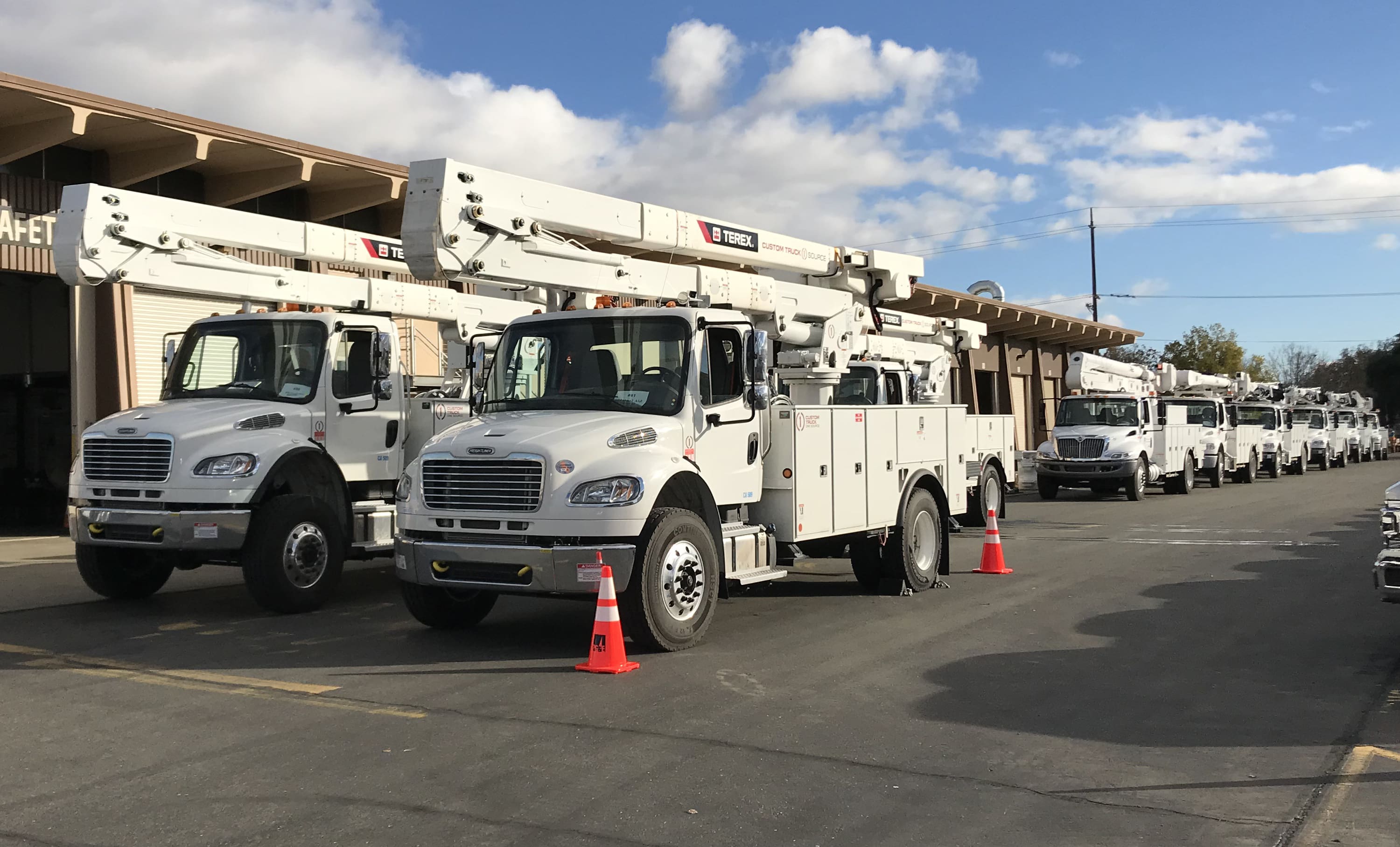
From Chaos to Clean-Up: An Overview of the 2018 Wildfire Debris Removal Process in California
Last year’s wildfire season had proved to be the deadliest and most destructive in California’s recorded history. People all over the country, in fact all over the world, watched live television coverage in shock and horror as the state struggled to control a total of 8,527 fires spread over an area of 1,893,913 acres. Houses burned down. Lives lost. And in the wake of all that damage and destruction, rehabilitation and reconstruction work had to begin immediately. The state tries to bring normalcy back into residents’ lives as quickly as possible. But before rebuilding work can safely commence, a giant undertaking has to first take place in the form of wildfire debris removal.
Wildfires are not selective about what they burn. Post-wildfire locations are a dystopian scenario. The scale of destruction boggles the mind. It’s hard to imagine how the massive quantities of material lying waste can possibly be hauled away in a methodical manner.
To accomplish this task, the state uses licensed general contractors. They in turn bring in licensed subcontractors to complete the wildfire debris removal work.
HOW THE WILDFIRE DEBRIS CLEAN-UP PROCESS WORKS
The debris clean-up operation usually has two phases.
Phase 1:
Household hazardous waste removal work is completed in the first phase, overseen by the California Department of Toxic Substances Control or another dedicated agency.
Workers clear household properties of propane tanks, compressed gas cylinders, solvents, paints, thinners, air-conditioners, lawn mowers, lead acid batteries, etc. that fall in the `segregated’ category. They then analyze the damaged properties for presence of asbestos and its safe removal.
Phase 2:
Debris Removal
The second phase involves the removal of wildfire debris and this work is overseen by the California Department of Resources Recycling and Recovery.
Site assessment and documentation is the first job during this phase to establish property-specific hazards, condition of utility infrastructure etc. Soil samples are evaluated to find the most effective way to approach clean-up endeavors in a specific location and avoid possibilities of leaving behind material that is toxic or harmful to the environment.
Next comes debris removal. Ash, charred debris, and other materials from burned structures may be hazardous. Workers clean up and contain ash and contaminated debris as quickly as possible and haul them off-location. This minimizes exposure to emergency personnel, the general public, and workers involved with restoration efforts. Additionally it reduces air dispersion and run-off to surrounding surface waters.
Care is taken to make sure that uncontaminated and unburned hazardous materials (hazardous, smoke-damaged materials from partially burned structures) are not collected at the same time as ash and debris.
Instead, workers separate these materials and direct them to local hazardous waste collection programs.
Debris Disposal
Ash and contaminated debris from industrial properties pose some unique challenges during this clean-up phase.
Waste from industrial locations is more likely to contain hazardous residues not typically found in the municipal solid waste stream. Therefore, disposal to a municipal solid waste landfill (class three) may not be appropriate for these materials. Workers must contact a local certified hazardous materials program and/or DTSC if they need assistance or site evaluation.
Once all waste material has been disposed in the best possible way, a sampling is conducted to confirm the area is clear and hazard-free. Crews sample and analyze soil once again and compare the results to clean-up goals.
Workers employ erosion control measures, such as storm water management, to control sediment runoff and promote vegetation growth.
Then there is a final inspection. After this, property owners receive a certificate verifying that the location is clean and eligible for a building permit.
Wildfire debris removal is an extremely laborious and expensive process with many variables. However, unless workers do this with maximum responsibility, future problems with the environment health of the location becomes uncertain.
At Custom Truck One Source, we are deeply grateful to a great many of our customers who are working tirelessly at wildfire devastation sites to remove waste and make homes and the environment in California whole again.
Thank you for your efforts. We wish the state of California and victims of the 2018 wildfires a speedy recovery!
* Source: Calrecycle.ca.gov

